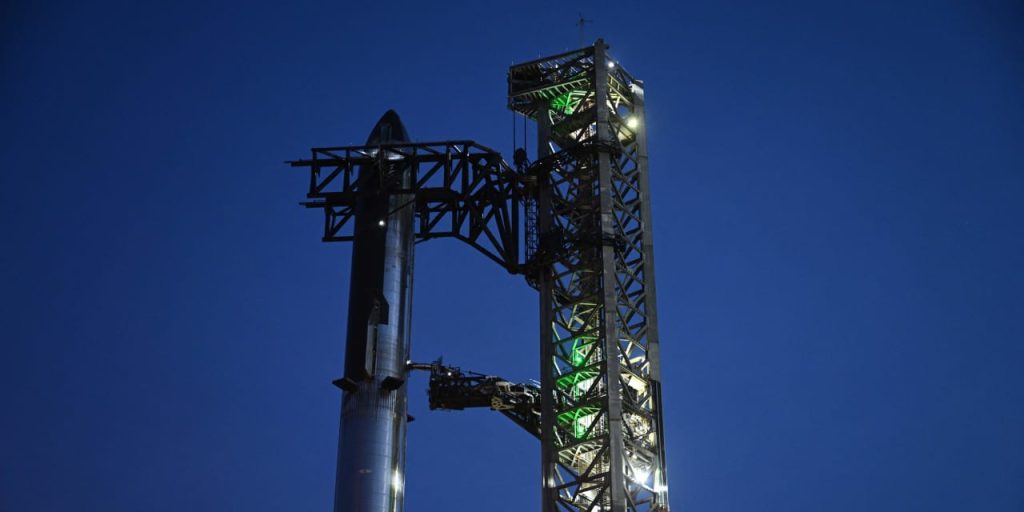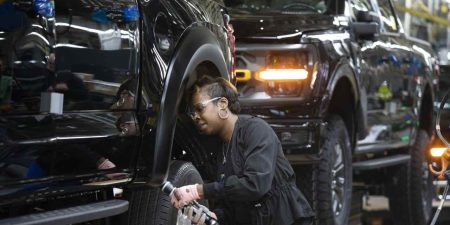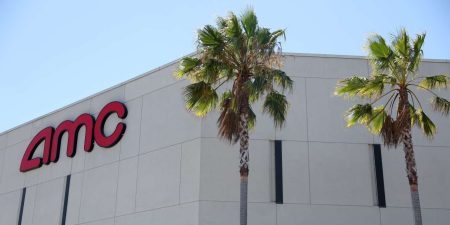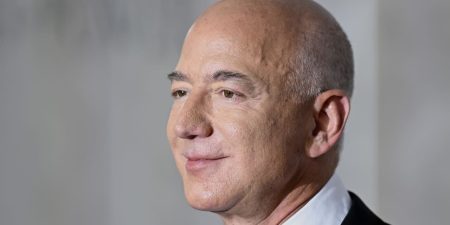SpaceX tested its huge Starship rocket for a second time on Saturday. There was some progress and another explosion. Ending with a boom doesn’t seem to be a good thing, but it really isn’t a big deal.
The launch happened just after 8 a.m. Eastern time. The launch can be rewatched here.
It was impressive with 33 Raptor engines powering the first stage of the rocket. A minute in, the rocket was traveling faster than 700 miles an hour. Just under three minutes into the flight, traveling at about 3,500 miles an hour, the lower stage separated from the upper stage of Starship. The lower stage, or boost stage, exploded about three minutes and 20 seconds into the flight as the upper stage rocket engines fired.
The SpaceX employees didn’t seem concerned. They cheered.
The upper half of the ship continued its mission. About seven minutes into the flight it was at an altitude of almost 100 miles travelling more than 12,000 miles an hour. The upper stage was lost at about eight or nine minutes into the flight.
None of the “hardware” was expected to be recovered though. Launch goals included reach stage separation, engine cutoffs, and some maneuverability. A soft water landing for the booster was set for the Gulf of Mexico. The upper stage was supposed to land in the Pacific.
“We start with the water first,” said quality engineering manager Kate Tice. “Just like we did with Falcon.”
Neither water landing happened. But NASA Administrator Bill Nelson summed up the test in part of a tweet: “Progress.”
It turns out not being afraid to blow things up, gather data, improve, and try again is a far faster and cheaper way to develop space technology. SpaceX has spent a fraction of what NASA and other space agencies did to develop its primary launch system called Falcon which has been launched successfully about 280 times.
That makes Falcon one of the most heavily used launch systems of all time. SpaceX is 21 years old.
Success has made SpaceX one of the world’s most valuable aerospace and defense companies, worth some $150 billion. That’s more than the roughly $125 billion market capitalization of
Boeing
(ticker: BA).
SpaceX is still privately traded though. It’s hard for regular investors to buy a piece of the company. SpaceX founder Elon Musk has hinted that SpaceX’s Wi-Fi business, Starlink, could raise money in an IPO once it reaches profitability. That just happened, according to Musk.
Starship plays a role in Starlink’s profitability. It can carry more Starlink satellites into orbit than a Falcon rocket. More satellites mean better Wi-Fi coverage and a bigger lead over any Starlink competition
It’s tough to find a competitor for SpaceX. It will account for more than half of global orbital space launches in 2023.
Corrections & Amplifications
The Starship booster has 33 Raptor engines. An earlier version of this article said it has 43 engines.
Write to Al Root at [email protected]
Read the full article here















